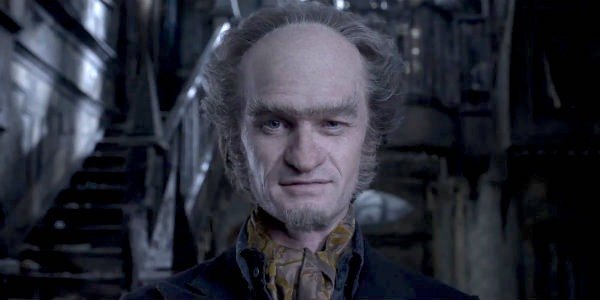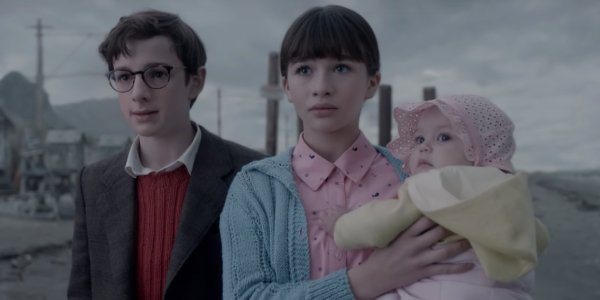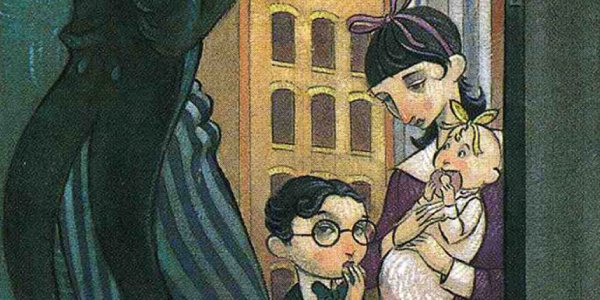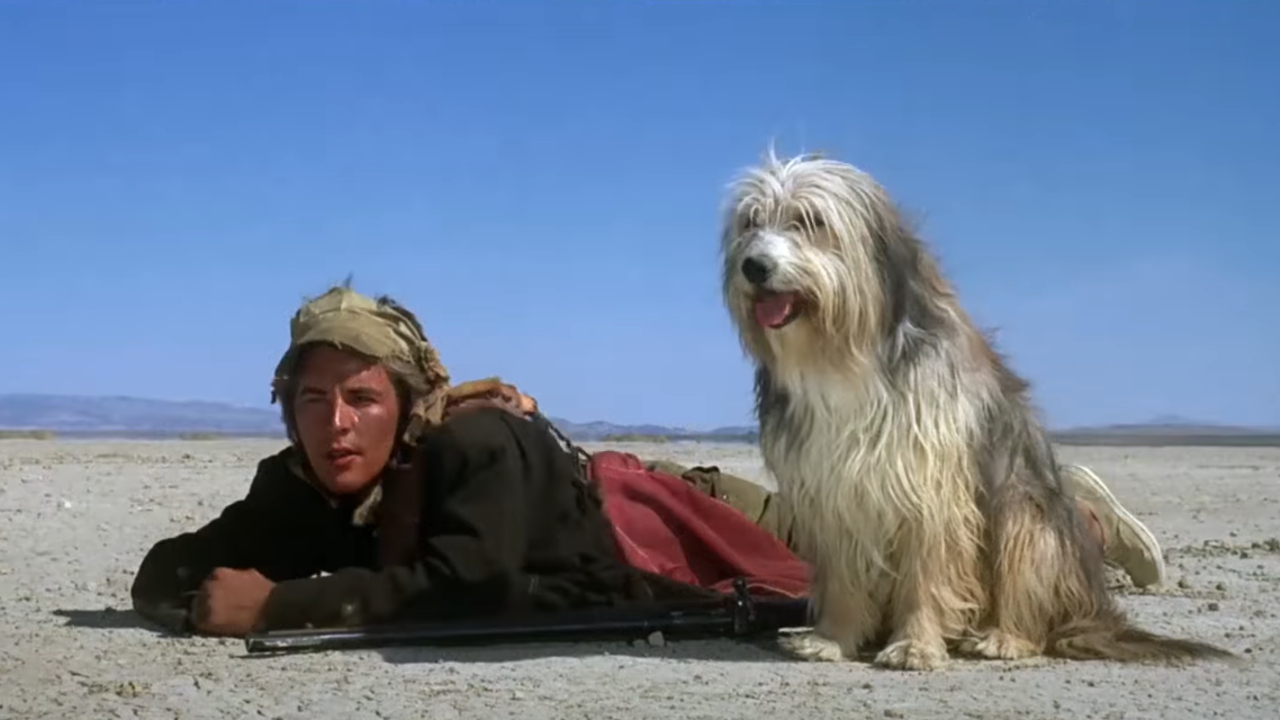A Series Of Unfortunate Events: Comparing The Show, Movie and Books Of Lemony Snicket


If you are interested in books, films, and television programs with happy endings, you would be better off reading some other online content. In this article is a comparative analysis of A Series of Unfortunate Events, the work of Lemony Snicket (the pen name of author Daniel Handler) and its adaptations to film and television.
From 1999 to 2006, Lemony Snicket thrilled, titillated, disturbed, and downright depressed young readers with A Series of Unfortunate Events, the 13-part series of novels chronicling the unpleasant misadventures of the Baudelaire orphans. The series was adapted into a feature film, starring Jim Carrey as Count Olaf in 2004, and later into a 25-episode Netflix original series, starring Neil Patrick Harris in the villainous role, which recently released its third and final season.
The feature-length and multi-episode adaptations of Lemony Snicket’s A Series of Unfortunate Events retrace the woeful steps of the Baudelaire orphans rather faithfully. Yet, the screenwriters from each were not discouraged from taking a few liberties, a phrase which here means either “expanded on details or perspectives within the world the story takes place,” or “condensed or ignored the complexities of the narrative as originally intended.”
It is my sad duty to analyze the differences and similarities between the Series of Unfortunate Events book series, the Series of Unfortunate Events movie, and the Series of Unfortunate Events television series, but I must warn you, if you are not a close observer of Lemony Snicket’s work and wish to avoid spoilers, I strongly recommend closing out of this window and perhaps watching videos featuring friendly cats. If you wish to proceed, this is how the story (or stories) of A Series of Unfortunate Events goes.

A Series Of Unfortunate Events - The Books
Lemony Snicket’s A Series of Unfortunate Events chronicles the lives of Violet, Klaus, and Sunny Baudelaire from the moment they learn from friend and banker Mr. Poe that their parents perished in a fire that also destroyed their home to as far as the author’s research would allow him to discover. The children lead a dreadful, quirky, and dizzyingly complex existence, spanning 13 books, that involves greed, conspicuous disguises, clever mechanical innovation, fittingly thematic literary references, oblivious grown-ups, covert intrigue, misleading acronyms, unfriendly creatures, deadly fungi and unusual uses of vocabulary.
The Baudelaire children travel from place to place to find a trusted guardian, a habitable home and freedom from the clutches of Count Olaf, a wicked man of no talent and concern for hygiene obsessed with obtaining the enormous fortune the Baudelaires’ parents left behind. With each increasingly unpleasant locale the children find themselves in, Count Olaf appears, aided by his odd theater troupe, in a new disguise only the children can see through and a plan threatening their safety.
Lemony Snicket (a pseudonym of author Daniel Handler and a character within the story of A Series of Unfortunate Events himself) keeps the plot addictively interesting throughout its 13-part arc from The Bad Beginning to The End. The subsequent high stake situations the Baudelaires find themselves in, increasingly dark and puzzling mysteries surrounding the origins of the children’s parents, characters of varying personalities and questionable motivations who either lead to further problems or helpful clues for the children, and frequent lessons in inventive ways to apply advanced vocabulary never fail to entertain, if not hopelessly burden, the reader.
Your Daily Blend of Entertainment News
As Lemony Snicket promises in the first sentence of the series, there is no happy ending to A Series of Unfortunate Events, nor is there a particularly clear one. The thirteenth book, The End, takes place on a desert island and sees the death of Count Olaf and the birth of the daughter of a trusted ally named Kit Snicket (Lemony’s sister), whom the children raise themselves. It concludes with an unexpected fourteenth chapter that sees the Baudelaires and the baby, named Beatrice, sailing away from the island into an unknown future.
There are several questions left unanswered, such as the true cause of the fire that caused the Baudelaire parents’ lives, the contents of a furiously sought after sugar bowl, and, above all, the true fate of the Baudelaires. Both adaptations of A Series of Unfortunate Events made attempts to clear up some of these mysteries, for better or for worse.

A Series Of Unfortunate Events - The Movie
In 2004, Lemony Snicket had not yet finished the chronicling of the Baudelaire orphans in A Series of Unfortunate Events. Yet, Paramount Pictures, in association with Nickelodeon Movies, released a feature film based on the series.
Directed by Brad Silberling, Lemony Snicket’s A Series of Unfortunate Events starred Jim Carrey as Count Olaf, with Emily Browning as Violet, a non-spectacled Liam Aiken as Klaus and twins Kara and Shelby Hoffman as Sunny. Providing the voice of Lemony Snicket, who served as narrator, was Jude Law.
Instead of adapting each of the books into individual films a la Harry Potter, the movie crams the stories of the first three books (The Bad Beginning, The Reptile Room, and The Wide Window) into one 108-minute story. It is easy to understand such a decision, given that the series had not been finished and adapting 13 books into a franchise following three children (one of them an infant) would have been challenging, financially and creatively, but as a result, it led to many other story changes that many fans would see as a betrayal.
For one, The Bad Beginning book ends with Olaf attempting to acquire the Baudelaire fortune by marrying Violet and disguising the ceremony as a theatrical performance. The plan is foiled by Violet, who cleverly signs the marriage license with her left hand instead of right, rendering the marriage unlawful, before Olaf threatens the orphans’ lives and escapes.
Instead, the Bad Beginning arc in the movie concludes with Olaf attempting to kill Violet, Klaus, and Sunny shortly after obtaining parental rights to them by trapping them in his car, which is parked on the railroad tracks with a train speedily approaching. The Baudelaires escape by using their skills of invention, reading, and biting to change the track’s direction.
Olaf is then deemed an unacceptable guardian and loses the children, but not before threatening their lives and fortune. He later pops up in disguise as Italian-American lab assistant Stephano in the Reptile Room story arc and as peg-legged sailor Captain Sham in the Wide Window arc, which follow the books somewhat faithfully, until the film’s conclusion.
The A Series of Unfortunate Events movie ends with The Bad Beginning book’s original ending involving the fake marriage, but also throws in a few extra details to give the film a more concrete and a happier conclusion.
As Klaus is searching around Count Olaf’s house searching for a way to stop the marriage from happening, he comes across device resembling a large magnifying glass built into a wall in his attic that channels sunlight into a beam aimed directly at the Baudelaire house, solving the mystery that Olaf killed the children’s parents. After Olaf ensures that Violet signs the marriage certificate with her right hand, Klaus uses the giant magnifying glass to direct a beam at the marriage certificate, which catches flame.
Jude Law, narrating as Lemony Snicket, happily informs the audience that Count Olaf is successfully arrested, and must even endure the treacherous misadventures the Baudelaire’s faced throughout the movie as punishment. Meanwhile, Mr. Poe is seen driving Violet, Klaus, and Sunny to the home of their next guardian, which they anticipate with a hopeful attitude.
The A Series of Unfortunate Events movie not only provides the story with a more positive and less mysterious ending, but also completely depletes the film of any real mystery or complexity. The novel series was at its most engrossing when it threw in mysteries regarding V.F.D. or the contents of the sugar bowl, and even questioned the morality of its central characters, as the Baudelaires are forced to commit increasingly heinous acts as their situation grows more desperate.
Despite a devilishly fun portrayal of Count Olaf by Jim Carrey, pitch perfect production design, and a darkly comic tone that matches the novels almost flawlessly, the A Series of Unfortunate Events movie does a grave injustice to the books. It cuts the story off before it gets to its grimmest and juiciest parts by giving it a conclusion that also betrays Lemony Snicket’s promise that there are no happy endings.
As I said before, however, adapting a 13-part book series into a film is nearly impossible. Fortunately, when the option to adapt the A Series of Unfortunate Events books into a television series was proposed, Netflix’s eyes lit up like Count Olaf in the presence of money.

A Series Of Unfortunate Events - The TV Show
In 2017, 11 years after Lemony Snicket finished his chronicling of the Baudelaire children’s misadventures, Netflix released the first season of A Series of Unfortunate Events. The television program, which finished after three seasons, faithfully adapts the book series to its complete story, while also expanding the world of the novels with new characters and other intriguing details.
For one, Violet (Malina Weissman), Klaus (Louis Hynes), and Sunny (Presley Smith) are still the main focus. Unlike the books, however, the story is not told entirely from their points of view.
Count Olaf (portrayed brilliantly by Neil Patrick Harris, who also serves as one of the executive producers) is also given his own scenes, which provide deeper insight into his absent minded logic and hilarious hijinks. His theatre troupe of henchpeople (the hook-handed man, the white faced women, the bald man with a long nose, and the person who looks like neither a man nor a woman) also are given more substantial roles, and one an even deeper backstory.
Also given a larger role is Mr. Poe (K. Todd Freeman), the banker put in charge of Baudelaires’ estate and finding them new guardians. He is featured far more prominently than in the novels throughout the series, which reveals him to be a far more incompetent and problematic character than his literary counterpart, easily manipulated by sinister forces, but nearly impossible to reach by the Baudelaires.
The character most notably given a larger role in the story, however, is the “author” himself, Lemony Snicket (Patrick Warburton). Snicket narrates the entire series, popping into frame plain sight and addressing the audience directly, almost like Rod Serling did in The Twilight Zone.
The series provides deeper insight into Lemony Snicket’s backstory as a former secret agent who had to fake his death-turned-melancholy documenter of the Baudelaire children’s life. His presence in the overall narrative is also more pivotal, especially in one of the final episodes of the third season in which we actually see him meet the orphans face-to-face, a cameo that was hinted to in The Penultimate Peril, but never clearly stated.
The series also makes sure to relieve several mysteries of the A Series of Unfortunate Events books, while also keeping some hidden.
We learn that Beatrice, the lost love of Lemony Snicket whom each book is dedicated to, is actually the Baudelaire children’s mother, which makes his obsession with the children clearer. We also learn more about the backstory of V.F.D. (Volunteer Fire Department) and see flashbacks of a younger Snicket, his siblings, and even a younger Olaf in better spirits before the schism that separated noble members from more sinister folk.
We also get a conclusion that does not fully explain the fates of the Baudelaire orphans, but does provide an ending the “author” himself is happy to learn. Violet, Klaus, and Sunny successfully sail away from the island with Beatrice, who grows up to meet her uncle, Lemony Snicket, and tell him stories that took place after the events of The End.

Comparing The Books, Movie And TV Show
A Series of Unfortunate Events is one of the most intriguing, complex, and thoroughly entertaining series of young adult novels in recent memory. Daniel Handler imagined a world so exquisitely grim, darkly funny, and addictively inventive that, while other series like it have proven more popular, it is still remembered fondly and has proven to inspire additional works.
After the 2004 A Series of Unfortunate Events movie, which merely copied, pasted, and then ripped up the books’ story, it seemed that translating it to screen would be impossible, given Lemony Snicket’s clever references, dense storylines, and funny vocabulary references seem to work best on paper. However, the Netflix series comes closer to the proper adaptation the series deserves than the film ever did.
We learn things from the A Series of Unfortunate Events books that kept us guessing (inside the sugar bowl is a cure for the poisonous Medusoid Mycelium fungus) and respectfully leave some mysteries alone (it is uncertain if Count Olaf really started the Baudelaire fire). In fact, no characters’ moral compass is ever concrete, including Olaf who we see in a more sympathetic light by the end, adding to the depth of the novels’ themes.
While the more mysterious execution of the A Series of Unfortunate Events books may keep it forever intriguing and timeless and the film adaptation remains a forgotten missed opportunity, the Netflix series gives Lemony Snicket fans the best of both worlds. But let us know your thoughts on the matter in the poll and comments below.
This poll is no longer available.

Jason Wiese writes feature stories for CinemaBlend. His occupation results from years dreaming of a filmmaking career, settling on a "professional film fan" career, studying journalism at Lindenwood University in St. Charles, MO (where he served as Culture Editor for its student-run print and online publications), and a brief stint of reviewing movies for fun. He would later continue that side-hustle of film criticism on TikTok (@wiesewisdom), where he posts videos on a semi-weekly basis. Look for his name in almost any article about Batman.
